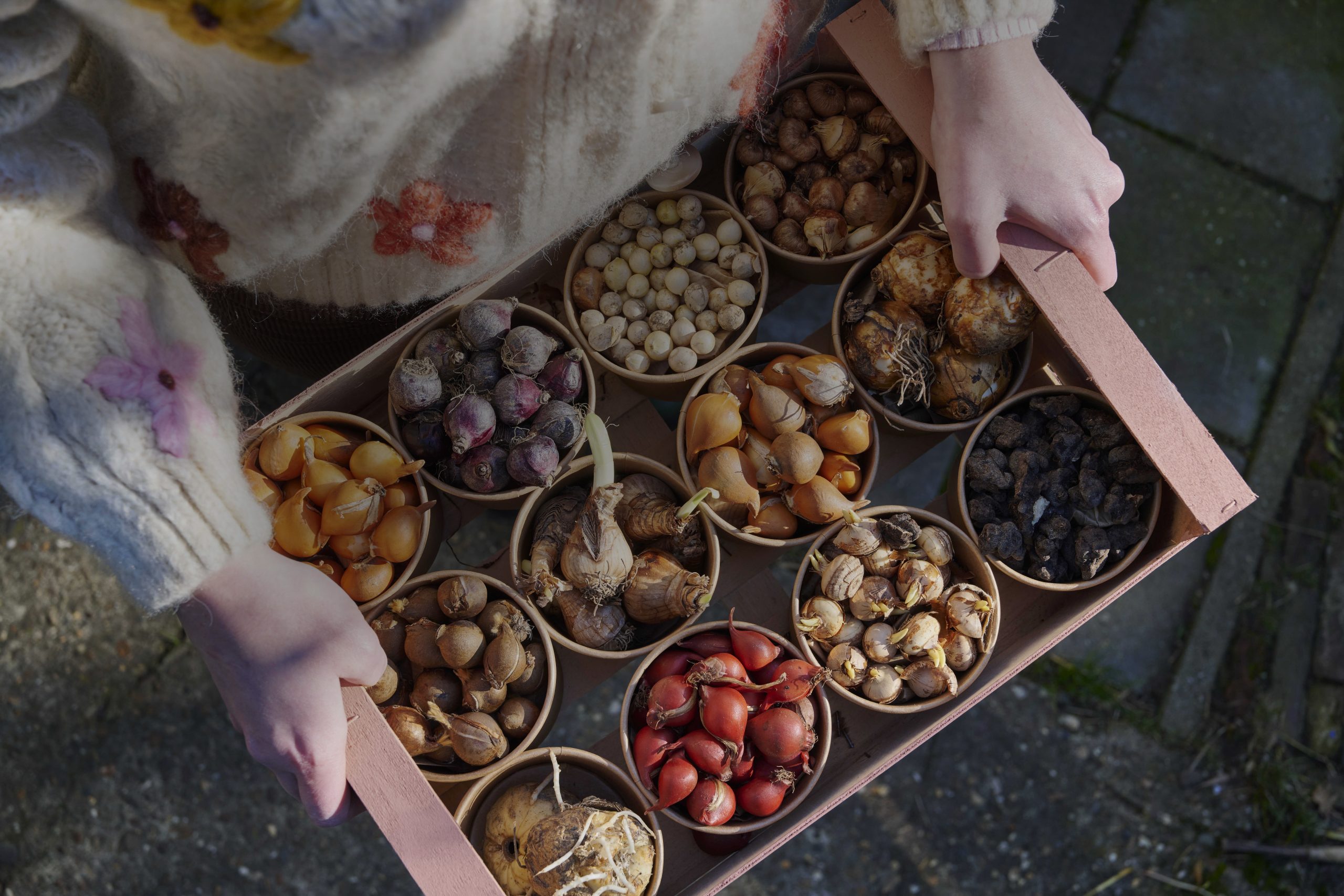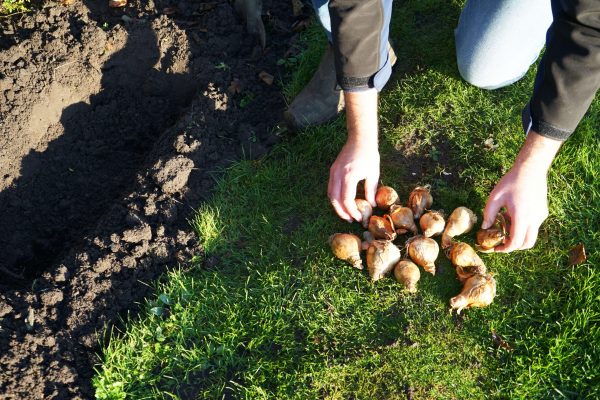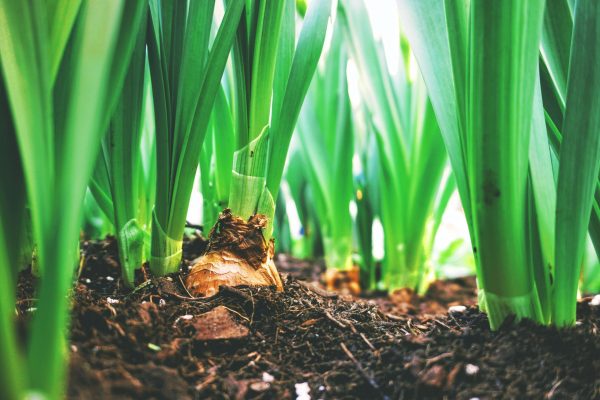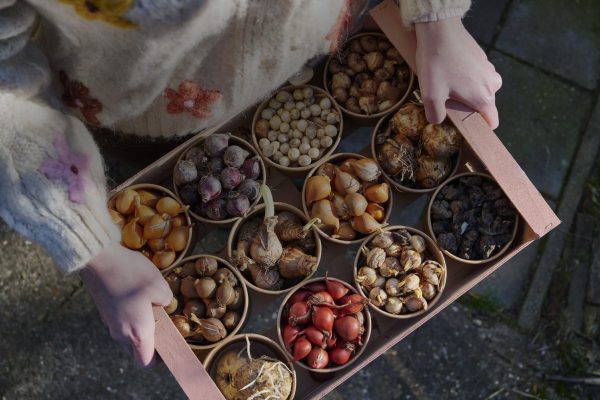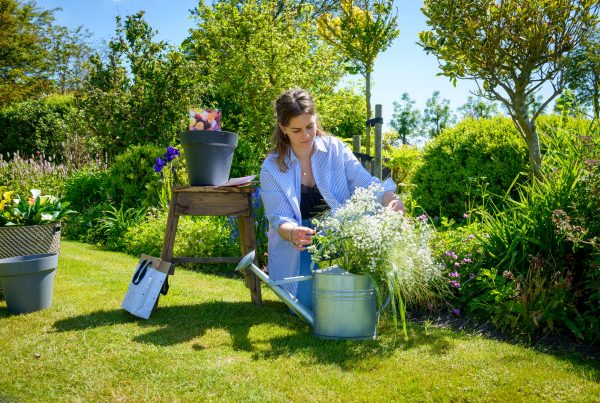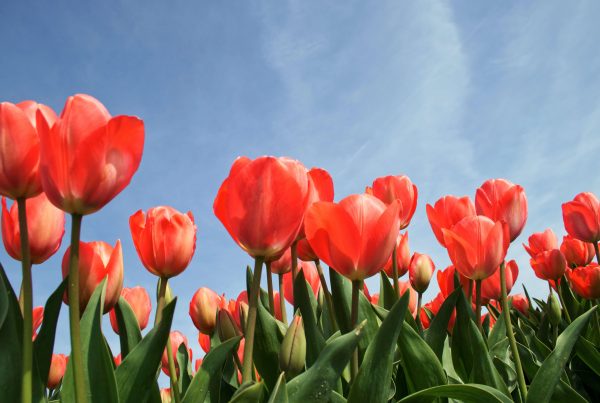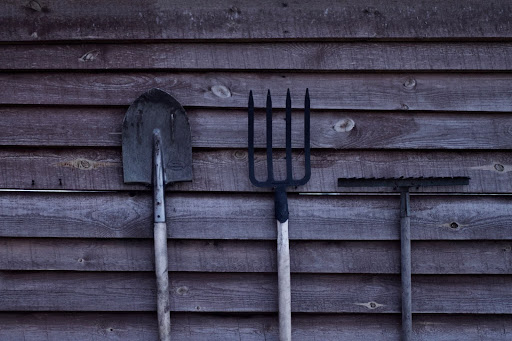We all know that flowers come in all kinds of colors, shapes and sizes. But did you know that these flowers come from different flower bulbs? We have a feeling you might not, so we dedicated an article to the round objects that give us such beauty every season. Also, understanding the difference between them, can help you reach the highest potential your garden has.
Not all bulbs are bulbs
Thinking of a garden or a beautiful bouquet, these flowers have to come from somewhere. At least they didn’t appear from thin air and probably weren’t picked from the side of the road. They had to start somewhere, and likely they started out as seeds. Not just any seeds, bulbs that is. Through bulbs goods such as flowers, vegetables and spices can reproduce and multiply. A bulb is a structure underground, in which genetic starting material and a food supply to get it started are stored. These packets of nutrients allow the bulb to make it through the winter and bloom the next year if the conditions permit it. Still there is a difference between bulbs and those packs that look a lot like bulbs. These different shaped and constructed ‘bulbs’ are called geophytes, more on them later.
Which ones are the true bulbs?
Even though it might seem like there are multiple bulbs around, yet there is only one true bulb. The true bulb can be divided into two categories: the tunicate bulb and the imbricate bulb. First off, a bulb is a layered structure, which is filled with plant carbohydrates. Furthermore in the core is a plant shoot. A true bulb has a basal plate from which the roots grow, layers or fleshy scales as outer skin and a shoot at the center, marked by bulblets that are developing. Examples of true bulbs are onions and garlic. The two categories of true bulbs are defined by their covering and the state they have to be in before planting. The tunicate bulb has outer skin, or tunic, which is why it’s in the name. It feels like a papery cover that makes sure the interior scales (where the nutrients are stored) are protected. A great example of this true bulb is the tulip, such as the Triumph tulip. An imbricate bulb does not have a paper covering and must stay moist before you plant it. For instance with a lily, like a calla lily.
Different types of bulbs
Bulb
The classic one is predictably called a bulb. This is classified as the swollen fleshy stem of a plant. Within it is food stored for during the hibernation period. Examples are tulips, onions, hyacinths, daffodils and alliums.
Bulblets
It might seem like they are alike, yet there is a slight difference between bulbs and bulblets. A bulblet is a tiny round organ that you can find growing on top of alliums, and other related plants. Another name for it is bulbil.
Rhizome
This bulb type laterally grows underground and puts out new shoots along the way. It may happen that a rhizome pushes its roots out of the soil. They are easy to pull apart and start anew. A great example is an iris or canna lily.
Corm
In appearance, a corm looks a lot like a bulb. Yet a corm is solid on the inside, often a bit smaller and more bumpy. They might look like rocks if you will. From corms crocosmia, freesia and gladiolus grow and spread easily and rapidly.
Tuber
The bulb that we call a ‘tuber’ is basically a swollen stem, which has eyes or growth nodes. One might say a tuber is a thicker version of a rhizome. A tuber is multiplied by planting a piece of the tuber with diverse healthy eyes. This flower bulb is very suitable for a lot of gardening situations. Then there are tuberous roots, these roots are thickened and hold food sources. Calla Lilies, Begonias, Dahlias and Peonies are all examples of tubers.
Plant & Bloom recognizes the importance and benefits of a lush garden filled with beautiful flowers. This is one of the reasons why our mission is to spread the joy of gardening and help everyone become a DIY gardener. With our premium flower bulbs in an elegant gift bag, you can experience what your garden can bring. On our blog we give tips and tricks, if you need some help to get started. In our shop you’ll find the selection of high quality flower bulbs.


